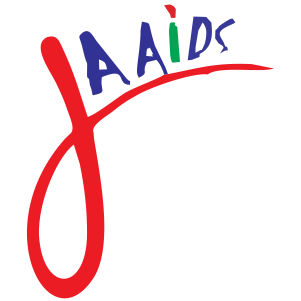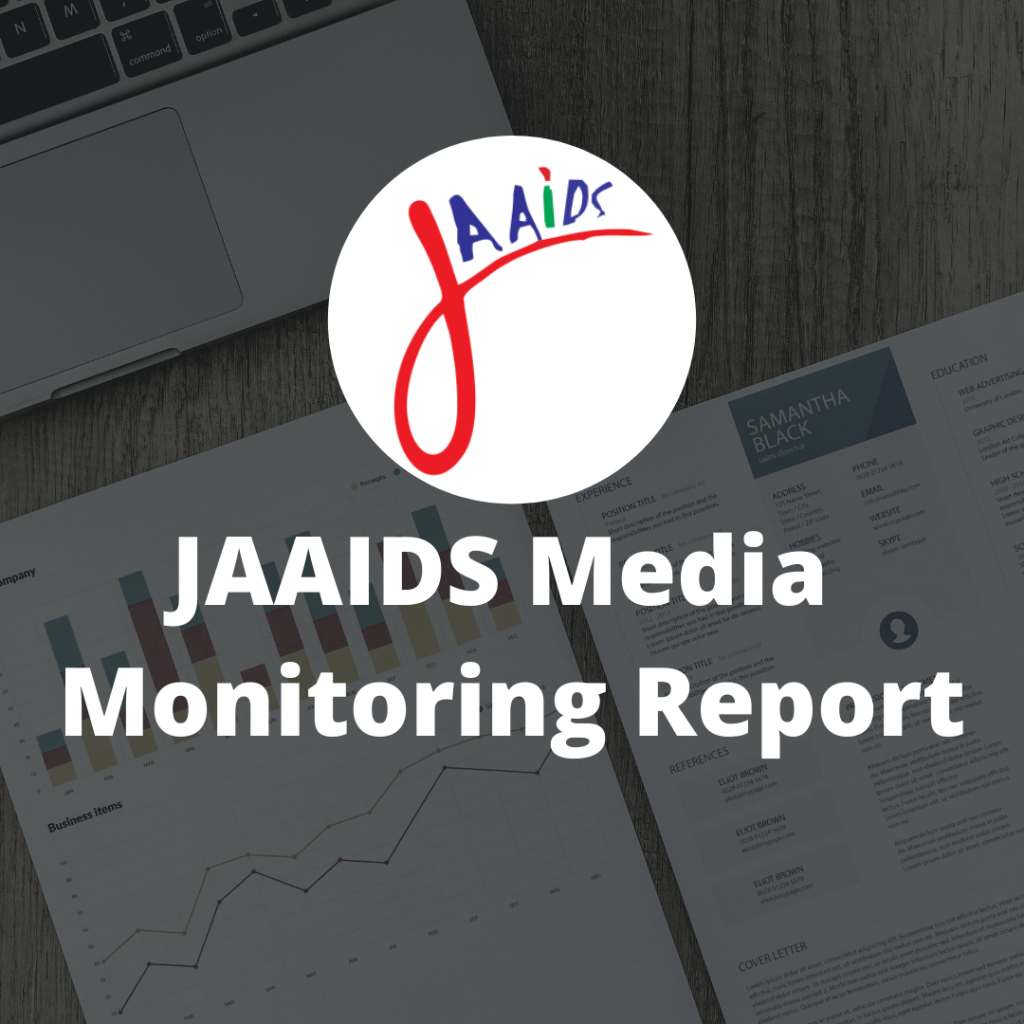HIV/AIDS: Curtailing the epidemic on World AIDS Day
The media coverage of HIV and AIDS in December was outstanding in a significant regard. A total number of 314 stories were published. It was the highest in the
year. It was unprecedented.
But this could be understandable since December 1 is marked yearly as the World AIDS Day. The different activities in the month like awareness seminars, workshops, rallies, and charity concerts as well as awards ceremonies on AIDS during the period attracted much attention and media coverage.
However, the Guardian’s feature report, ‘HIV/AIDS: Curtailing the epidemic on World AIDS Day’ published on December 1, took the shine off the others.
Aside giving a global overview of the epidemic, the story also offered more insight to the readers through interviews with top players in the national AIDS response in Nigeria.
The writer demonstrated a good grasp of HIV/AIDS-related issues as well as an understanding of the epidemic’s history in the country. With the inclusion of people living with HIV through interviews, as well as the illustration of the report with good pictures, there was hardly any ground to fault the report. Guardian proudly acclaims itself as the flagship of Nigerian Journalism. The report attests to it.
The Sun’s report ‘Lime, Lies and HIV/AIDS’ also attracted attention. The special report was published on page 24 of its December 23 edition.
The reporter went in search of commercial sex workers who use lime in their private parts so as to avoid contracting HIV. Through interviews with medical
scientists, he was able to prove to the CSWs that they were more or less making themselves more prone to infection.
Much as the story is a good piece of journalism which the readers would find very interesting, informative and enlightening, the use of adjectives like: ‘HIV
scourge, and ‘deadly disease’, among others, should have been avoided.
On December 7, New Age published a short story on page 5. “Incorrect HIV Report: Court asks hospital to tender report” was the title of the story.
The way the first paragraph of the report was written, a reader may likely get the wrong impression that chief executive officers of blue-chip companies or corporations are immuned from getting HIV infection. That it is only people at the lower rungs of life who get infected with HIV. Of course, any one can test
HIV positive.
While this error may not be blamed on the writer since he obviously reported the proceedings at the court, his use of language still needs improvement in
reporting issues on HIV and AIDS. It was inappropriate of him to have written the ‘dreaded HIV virus.’
For instance, apart from the fact that ‘HIV virus’ is a tautology since it could have simply been written ‘HIV’, the adjective ‘dreaded’ which the reporter used
does not also give the true picture of the epidemic to the reader. HIV is not a plague to wipe out the human race. As a matter of fact, AIDS does not kill overnight. And people with the infection are not to be dreaded and stigmatized. It is an infection that can be managed well like any other infection. As an
alternative, the reporter could have written: ‘The official was alleged to have tested HIV positive’.
In mitigating the impact of HIV/AIDS, every available resource, both human and capital, irrespective of the sector, is needed. That’s why the story published in the metro section of Daily Independent on December 8 is cheery. It was titled ‘How Alake, subjects walked against HIV/AIDS in Abeokuta’. The royal monarch was
Oba Adedotun Gbadebo, the paramount ruler of Abeokuta in Ogun state.
“I want to appeal to our people within and without Egba nation to extend their hands of fellowship to those already infected and show them love and
understanding. We also need to protect ourselves from infection”, the royal monarch who also granted a space where a VCCT centre could be opened at his palace, was quoted to have said in the story. The reporter illustrated the story with a picture of the walk. It also stood out from other news stories.
As stated earlier, a total of 314 stories were published in the month. Of these, 213 were news stories. The remaining 101 reports were opinion articles, features and editorials among others.
The Nation had the highest with 41 reports followed by This Day with 34 while Vanguard and Punch had 26 stories each. On their part, the news magazines published an average of one report on HIV/AIDS in the month.
The fact that there were many reports on HIV/AIDS should have brought strong commendation for the media. However, since not many of them, especially the
features, could qualify as outstanding, such commendation can not be given.
But a common trend in most of the papers was the fact that there were fewer stigmatizing headlines compared to the previous month. And that is commendable.
Four newspapers- Business Day, Champion, New Age, and Tribune published HIV/AIDS-focused editorials in the month. All were published on December 1.
Business Day’s editorial was titled ‘A call for accountability in the fight against AIDS’, while Champion’s was simply headlined ‘World AIDS Day’. New
Age’s editorial was a poser: ‘World AIDS Day: Are they keeping the promise?’ Tribune’s was titled ‘World AIDS Day and Accountability’.
One major message was clear in the editorials. It was the need for government to be more transparent and accountable over budgetary allocations and donor funds
on HIV/AIDS and adhere to the World AIDS Campaign theme for the anniversary which is ‘Stop AIDS-Keep the Promise’. However, it was surprising that only four
newspapers among those monitored would consider writing an editorial on such a global epidemic despite the significance of December 1 as World AIDS Day.
In conclusion, the news stories published were mainly from events or a reportage of the statement of a government official involved in the AIDS response.
Good feature stories were not much in the newspapers monitored. Even the magazines, which were supposed to be more at home with such well-investigated reports, did not fare any better. However, it is hoped that the newspapers would note some of these shortcomings and
aim towards improving their reporting of issues related to HIV and AIDS in 2007.
The newspapers monitored are:
Business Day, Champion, Daily Independent, Daily Trust, Financial Standard, Guardian, National Mirror, New Age, Punch, The Sun, The Nation, This Day, Vanguard and Tribune.
The magazines monitored are:
The Week, Tell, Insider Weekly, News watch, Encomium, City People.

